Democracy Struggles in Sudan
International Day of Democracy, 15th of September, this occasion provides a convenient opportunity to reflect on the status of democracy in Sudan.
Since its independence in 1956, Sudan has experienced more than 15 military coups and it has been ruled by the military for the majority of that time, interspersed with periods of democratic parliamentary rule.
First Democracy (1956-1958):
The first democracy was led by The Sudanese Sovereignty Council which consisted of five people, most notably, Prime Minister Ismail al-Azhari and Prime Minister Abdallah Khalil.
Over this period Sudan enjoyed stable and solid governing practices continuing its well-earned reputation documented by a 1953 feature on the cover of Newsweek magazine as a “bright spot in a dark continent,”
First Coup and Resulting Government (1958-1964)
1958–1964: Chairman of the Supreme Council
1964: President
On November 17, 1958, General Ibrahim Abboud spearheaded a bloodless military coup that took control of the country, The coup was effectively a self-coup, orchestrated by Prime Minister Abdallah Khalil, against the civilian government formed following the 1958 parliamentary election.
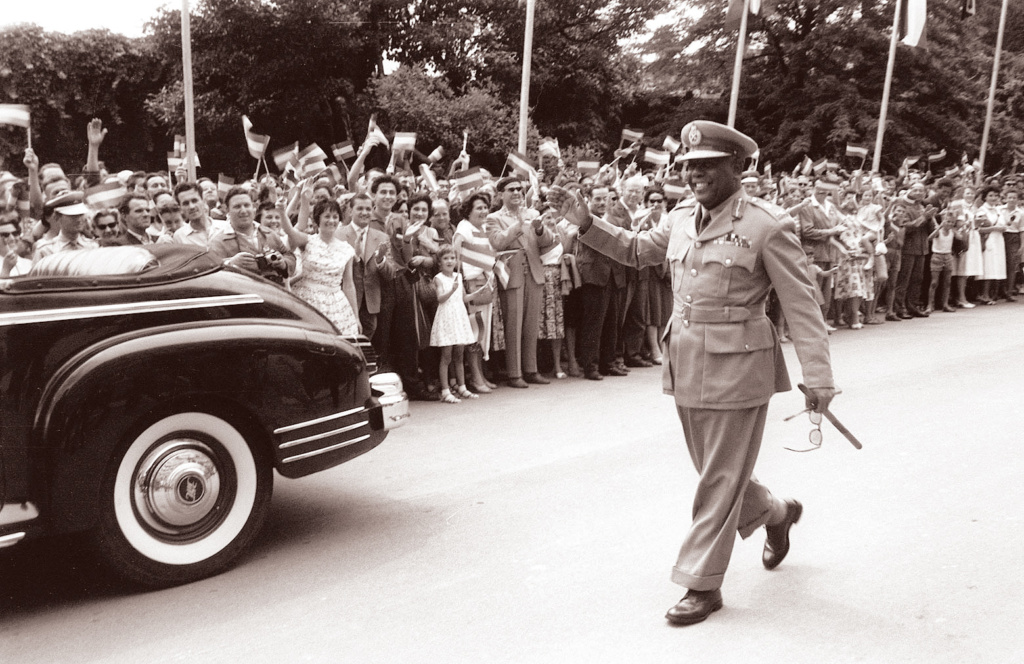
In the following years, the country was ruled by Ibrahim Abboud Chairman of the Supreme Council.
Overall his government was responsible for the deaths of more Sudanese people than any other head of state until Omar al-Bashir
Abboud was forced to resign on 15 November in favor of a civilian provisional government, and he retreated into retirement, thus ending the Republic of Sudan’s first period of military rule.
Second Democracy (1964-1969)
It consisted of two parts:
1964–1965: Committees of Sovereignty
Prime Minister Sirr Al-Khatim Al-Khalifa (30 October 1964 – 2 June 1965)

1965–1969: Chairman of the Sovereignty Council
Notable leaders of the era:
President Ismail al-Azhari (10 June 1965 – 25 May 1969)
Prime Minister Muhammad Ahmad Mahgoub (10 June 1965 – 25 July 1966)
Prime Minister Sadiq al-Mahdi (27 July 1966–18 May 1967)
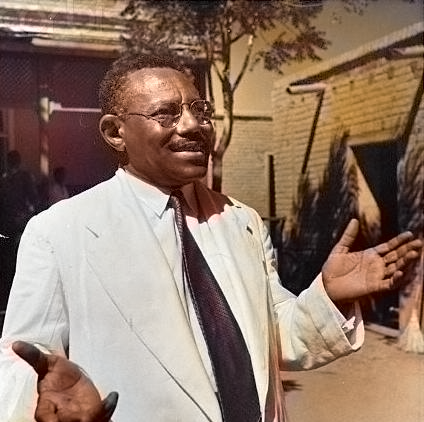
Second Coup and Resulting Government (1969-1985)
On the morning of 25 May 1969, a coup led by Jaafar Nimeiry The coup began early, and by 4:00 am the key installations in the Khartoum–Bahri–Omdurman area had been occupied and leading Sudanese Army generals arrested.
1969–1971: Chairman of the National Revolutionary Command Council
1971–1985: President Jaafar Nimeiry
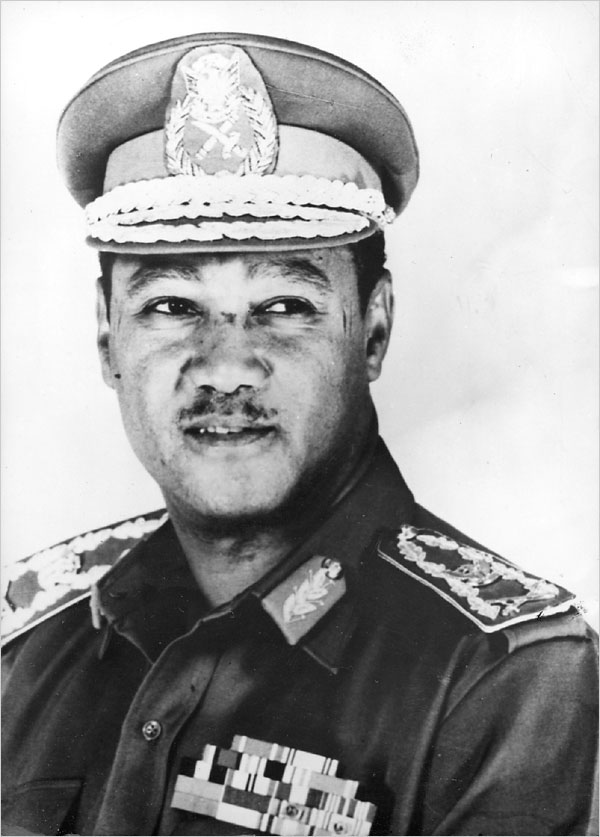
It’s notable to say in 1971 another coup was attempted by some members of National Revolutionary Command Council to forcefully change the direction that was taken by the council at that point in time
The attempt was headed by Hashem al Atta, the result was his execution and his 3 other National Revolutionary Command Council members
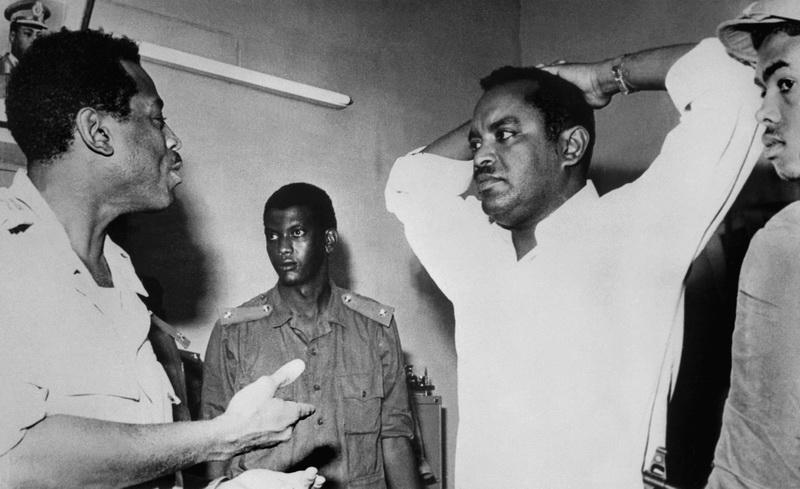
Third Democracy (1985-1989)
1985: Commander-in-Chief
A coup had occurred in Sudan on 6 April 1985. The coup was staged by a group of military officers and led by the Defense Minister and Armed Forces Commander-in-Chief, Field Marshal Abdel Rahman Swar al-Dahab, against the government of President Jaafar Nimeiry.
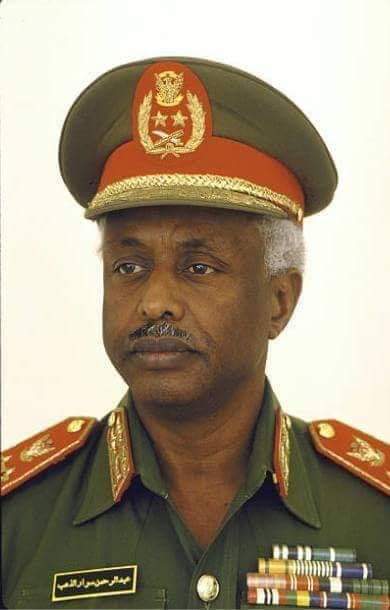
1985–1986: Chairman of the Transitional Military Council
Three days after Jaafar Nimeiry‘s downfall, Dahab authorized the creation of a fifteen-man Transitional Military Council (TMC) to rule Sudan. During its first few weeks in power, the TMC suspended the constitution; dissolved the Sudanese Socialist Union party (SSU), the secret police, and the parliament and regional assemblies
1986–1989: Chairman of the Supreme Council
In June 1986, Sadiq al-Mahdi formed a coalition government with the National Umma Party (NUP), the Democratic Unionist Party (DUP), the National Islamic Front (NIF), and four southern parties.
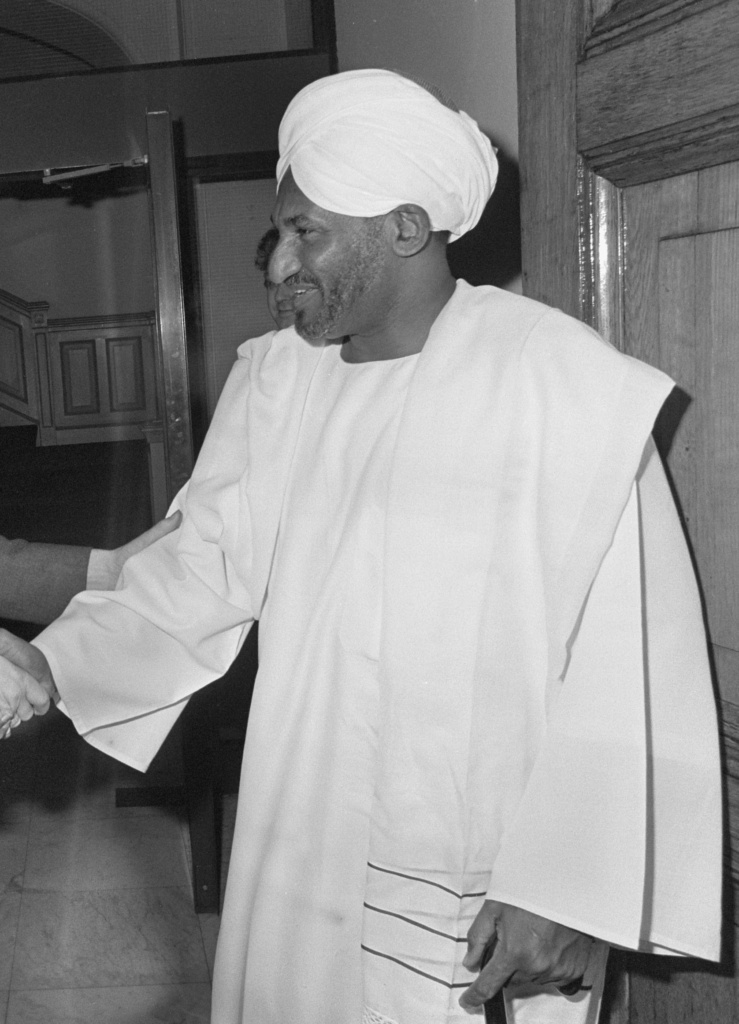
Third Coup and Resulting Government (1989-2019)
A coup was carried out by the Sudanese Armed Forces (which later turned out to be an Islamic-led coup planned by Hassan Al-Turabi in affiliation with Muslim Brotherhood)on 30 June 1989 against the democratically elected government of Prime Minister Sadiq al-Mahdi and President Ahmed al-Mirghani. The coup was led by military officer Omar al-Bashir who took power in its aftermath; he ruled the country for the next 30 years until he was overthrown in 2019.
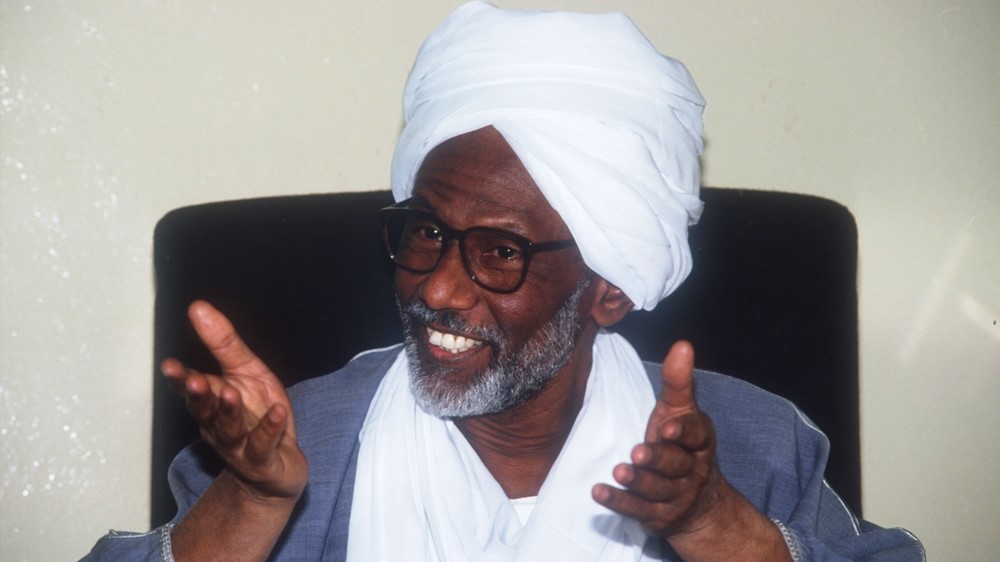
1989–1993: Chairman of the Revolutionary Command Council for National Salvation
Omar al-Bashir was the Chair of the Council, as well as Prime Minister, Defense Minister, and Commander-in-Chief of the Sudanese Armed Forces. The rest of the council consisted of fourteen military officers, all of whom were involved in and associated with the coup. Therefore, no regulations about the selection and tenure of its members were declared to the public.
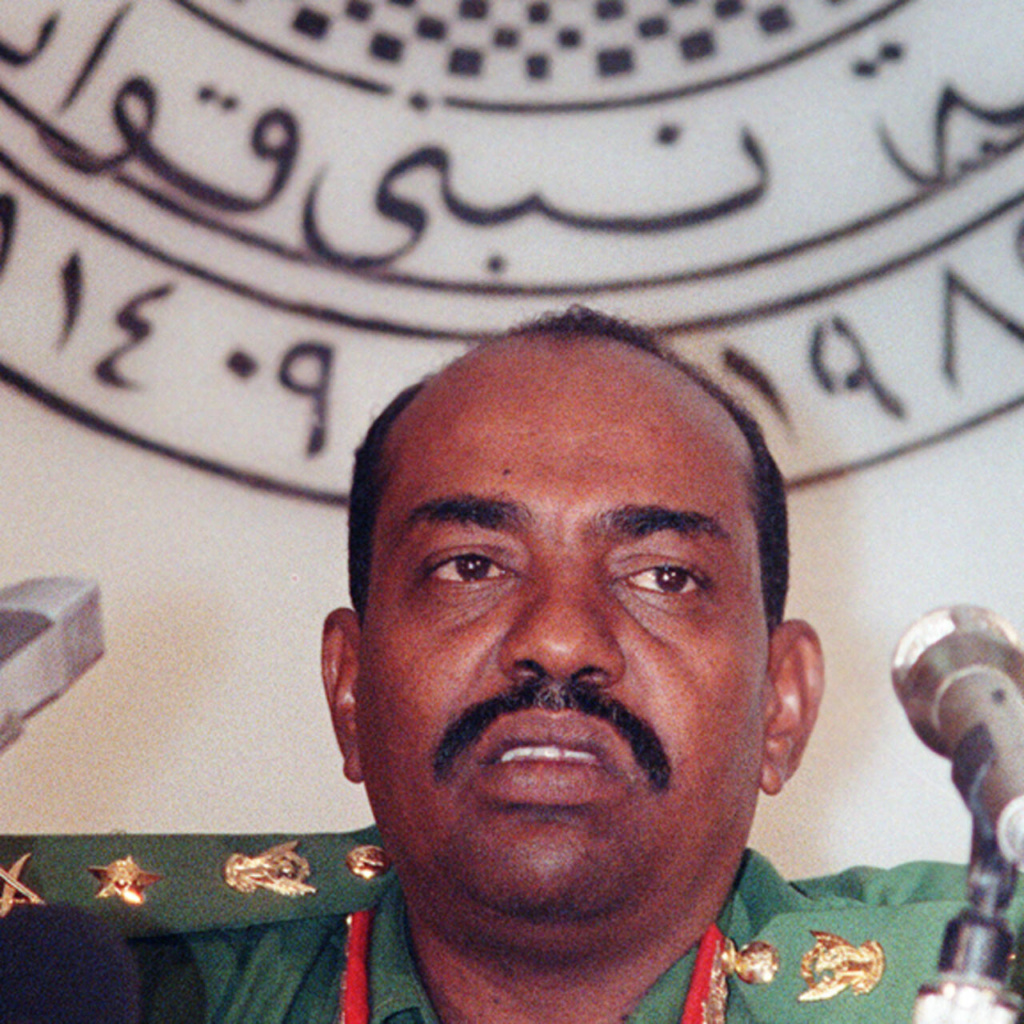
1993–2019: Omar al-Bashir
The Revolutionary Command Council for National Salvation dissolved itself in October 1993, and its powers devolved to the President and the National Legislature of Sudan. This resulted in a majority of the power remaining with President al-Bashir.
The National Congress Party was established in 1998 by key political figures in the National Islamic Front (NIF) as well as other politicians. The rule of the NCP was the longest in independent contemporary Sudanese history. It grew out of the Islamist student activism of the Muslim Brotherhood, passing through the same revolutionary salafi jihadism. The party followed the ideologies of Islamism, Pan-Arabism, and Arab nationalism.
National Congress Party rule of Sudan resulted infamous Darfur genocide and Sudan secession in 2011 and the creation of South Sudan.
also, armed conflicts were present in South Kordofan and Blue Nile states
On 19 December 2018, a series of demonstrations broke out in several Sudanese cities, due in part to rising costs of living and deterioration of economic conditions at all levels of society. The protests quickly turned from demands for urgent economic reforms into demands for President Omar al-Bashir to step down.
On 10 April, soldiers were seen shielding protesters from security forces, and on 11 April, the military removed al-Bashir from power in a coup d’état.
Fourth Democracy (2019-2021)
2019: Chairman of the Transitional Military Council
After removing Omar al-Bashir from power after a 30-year rule and assuming power as the Transitional Military Council. Pro-democracy activists demanded they turn over power to a civilian-led interim government with protests, along with negotiations, continued. On June 3, security forces massacred 128 people and detained and abused hundreds of detainees. Pro-democracy groups responded with a general strike and increased protests. Negotiations resumed and an agreement was signed in August formally transferring the government to civilian-led bodies.
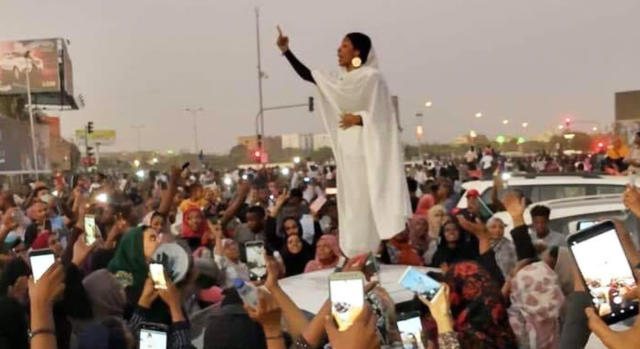
2019–2021: Transitional Sovereignty Council
The Sovereignty Council was created on 20 August 2019. Abdalla Hamdok was appointed Prime Minister on 21 August 2019. The Transitional Cabinet, with four female and 14 male civilian ministers and 2 male military ministers, was announced in early September. A “comprehensive peace process” between the Sudanese state and armed opposition groups was scheduled to start on 1 September 2019. Nemat Abdullah Khair was appointed as Sudan’s first female Chief Justice on 10 October. Street protests continued during the transitionary period.
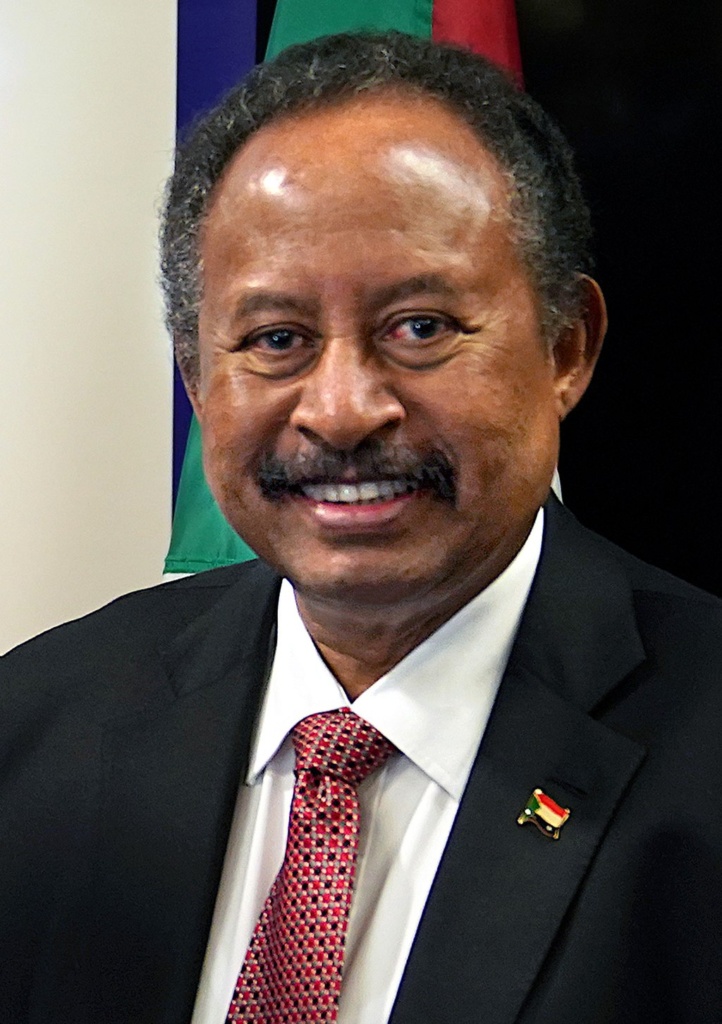
Fourth Coup and Resulting Government (2021-present)
In the early hours of October 25, media outlets reported that security forces had arrested at least five ministers, as well as other officials and political leaders. The military reportedly placed Prime Minister Abdalla Hamdok under house arrest and moved him and his wife to an unrevealed location. By midday, Lt. General Abdel Fattah al-Burhan, the chairperson of the Sovereign Council – a collective presidency body comprised of both civilians and military leaders – announced in a televised speech that he was installing a state of emergency and was dissolving both the cabinet of ministers and the sovereign council.
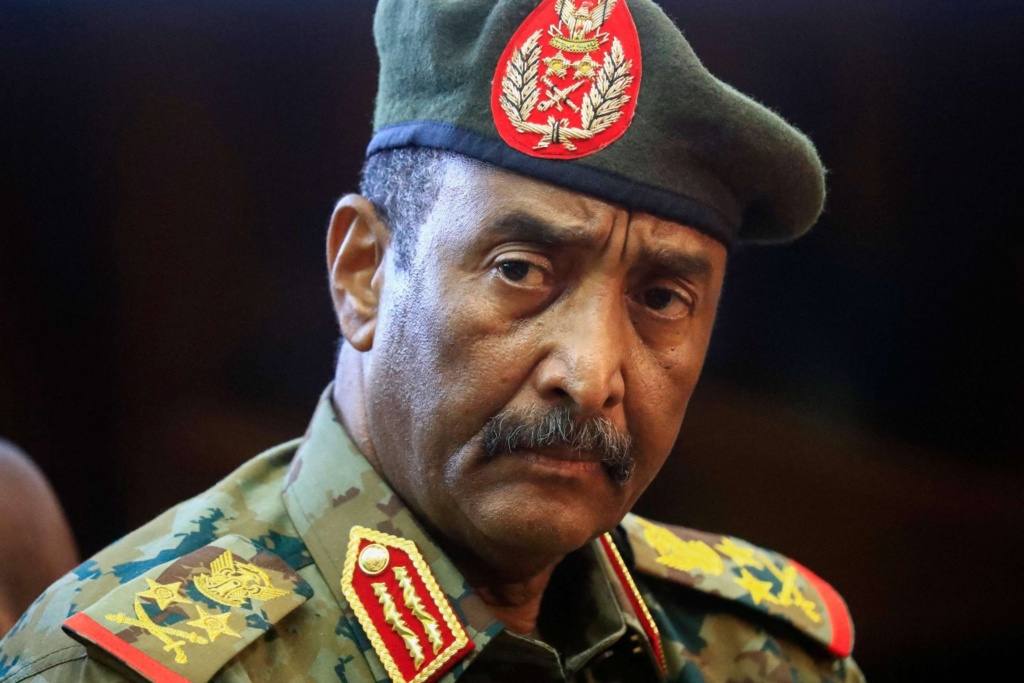

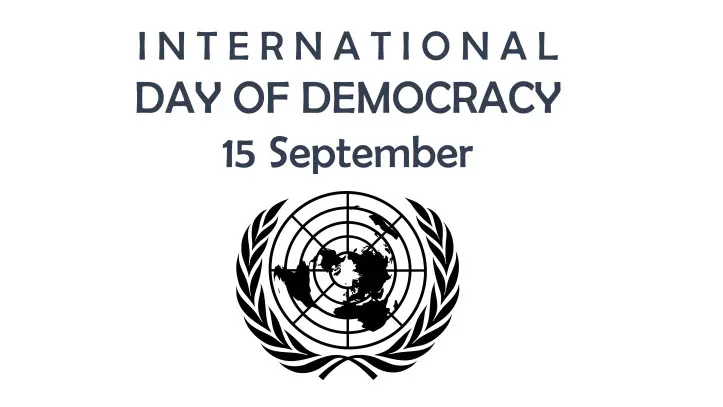


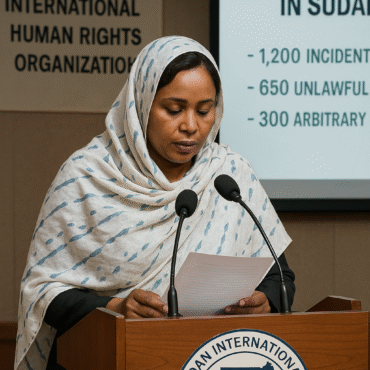
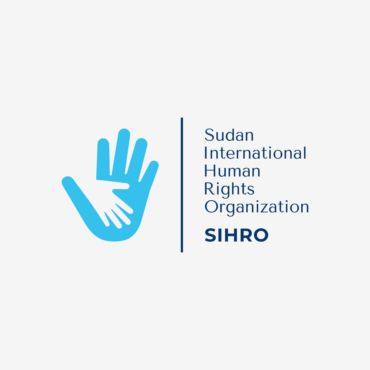
Add Comment